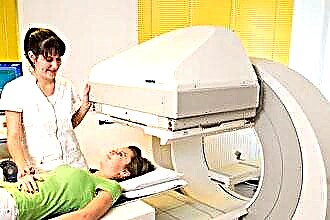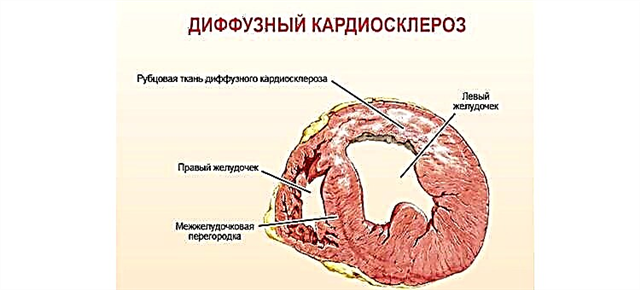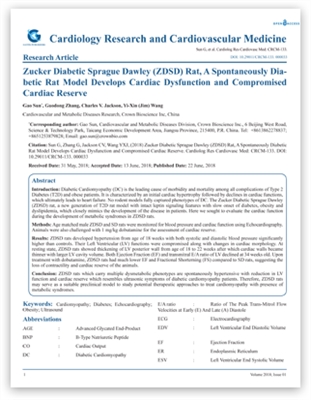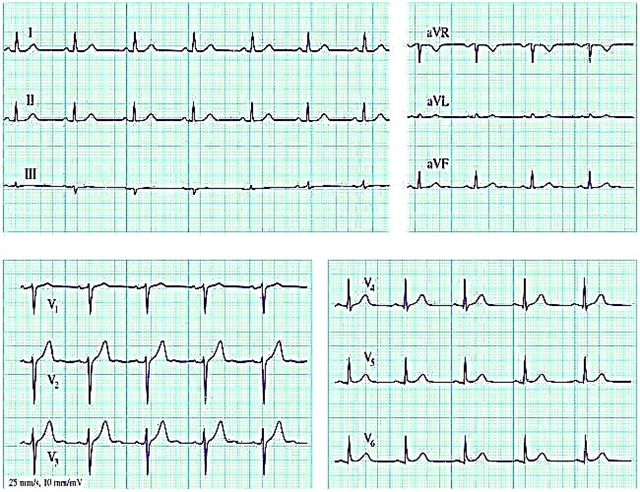Acute catarrhal otitis media is called an ENT disease, in which the mastoid process, the Eustachian tube and the tympanic cavity become inflamed. The causative agents of infection are streptococci, aspergillus and other nonspecific bacteria. Their development is due to a decrease in the body's resistance, which occurs as a result of hypothermia, trauma, vitamin deficiency, colds, etc.
Most often, the pathogenic flora enters the organs of the auditory apparatus from the nasopharynx through the Eustachian tube (tubal path). Less commonly, the infection spreads by the hematogenous route due to the transfer of pathogens into the ear cavity with the blood flow. The development of ear pathology is signaled by pain that occurs as a result of catarrhal processes occurring in the mucous membranes of the Eustachian tube and tympanic cavity.
The causes of otitis media

The main reason for the development of ENT disease is a decrease in the reactivity of local and general immunity. As a result, the process of development of opportunistic microorganisms is no longer controlled by immune cells. The spread of pathogenic flora leads to intoxication of the body, as a result of which an inflammatory process occurs.
There are many factors that contribute to the occurrence of foci of inflammation in the mucous membranes of the ear cavity:
- allergic reactions;
- systemic diseases;
- infection of the nasopharynx;
- hypovitaminosis;
- secondary immunodeficiency;
- curvature of the nasal septum;
- otitis media of the outer ear;
- cranial trauma;
- benign tumors;
- water entering the ear.
Incorrect blowing of the nose during the development of infectious rhinitis leads to the ingress of mucus into the Eustachian tube. A liquid secret, which contains a viral or bacterial flora, leads to the development of catarrhal processes.
According to experts, acute catarrhal otitis media is one of the potentially dangerous ear pathologies. With the progression of the disease, serous exudate that accumulates in the tympanic cavity turns into a fairly dense purulent mass. They put pressure on the ear membrane, which leads to its perforation.
General and local manifestations of otitis media
At the initial stages of the development of the disease, a person feels discomfort in the ear, which is caused by inflammation and swelling of the affected tissues. After a couple of days, pain occurs, which gradually increases. This is due to a violation of the outflow of effusion from the tympanic cavity, as a result of which pressure is created on the ear membrane.
Otolaryngologists include local manifestations of the disease:
- narrowing of the ear canal;
- ear pain and congestion;
- hearing loss;
- hyperemia of the skin in the ear canal;
- noises in the ear.
As the catarrhal inflammation progresses, the clinical picture is replenished with the general symptoms of the disease:
- headache;
- hyperthermia;
- feeling unwell;
- lack of appetite;
- irritation;
- insomnia.
When sneezing or coughing, the pain intensifies due to the creation of high pressure on the inflamed eardrum.
If untreated, the pain worsens and may radiate to the teeth, neck, bridge of the nose, the back of the head, or the parietal-temporal region. If the pathology is complicated by general diseases, then its development will be accompanied by hyperemia and chills.
Localization of inflammation
A distinctive feature of the development of catarrhal otitis media is conductive hearing loss, which is characterized by difficulty in conducting sound signals through the outer ear, auditory canal, ear membrane and auditory bones. Hearing impairment is associated primarily with tissue edema. Liquid, accumulating in the ear cavity, interferes with the normal functioning of the auditory ossicles, which is fraught with the development of autophony.
accumulating in the ear cavity, interferes with the normal functioning of the auditory ossicles, which is fraught with the development of autophony.
Depending on the place of localization of the catarrhal process, otitis media is conventionally divided into several types:
- acute right-sided catarrhal otitis media - non-suppurative inflammation that is localized in the right ear. As a result of tissue edema in the auditory tube, the outflow of effusion from the ear cavity is disturbed, which leads to pain and echo in the right ear;
- left-sided acute catarrhal otitis media - catarrhal inflammation in the left ear, which is similar in nature to right-sided otitis media;
- bilateral acute catarrhal otitis media is a disease, with the development of which the foci of inflammation are localized in both organs of hearing. It is characterized by severe hearing loss caused by impairments in the conduction of the sound signal by both ears.
As a rule, with the development of the disease, the patient feels discomfort in only one ear, but for a short time, the second also causes concern. That is why experts insist on a timely visit to a doctor when the first signs of an ENT disease appear.
Diagnostics
Adequate treatment of ear pathology requires an accurate diagnosis, thanks to which it will be possible to determine not only the type of ENT disease, but also the causative agent of the infection. The expediency of using antibacterial or antiviral therapy, as well as the need for the use of antihistamines, will depend on this. When examining a patient, the ENT doctor must perform several diagnostic procedures:
- audiometry is one of the methods for assessing the air conduction of a sound signal, which is carried out in case of hearing loss or if hearing impairment is suspected;
- bacterial culture - analysis of the contents in the ear cavity, thanks to which it is possible to determine the presence
 bacterial pathogens in the foci of inflammation;
bacterial pathogens in the foci of inflammation; - tomography - a computerized examination of the head, which allows you to determine the presence of tumors in the organs of hearing or the development of mastoiditis;
- tympanometry is a method of determining the degree of elasticity of the tympanic membrane, with which you can find out the severity of its inflammation.
Treatment cannot be started without preliminary diagnosis. This can only aggravate the health condition and provoke complications such as labyrinthitis, meningitis, brain abscess, hydrocephalitis.
Treatment methods
The principles of treatment of unilateral and bilateral acute catarrhal otitis media practically do not differ and largely depend on what kind of pathogen provoked the inflammation. Complex therapy allows you to quickly relieve the symptoms of ENT disease and achieve regression of catarrhal processes. To eliminate foci of inflammation and clinical manifestations of ear pathology, the following treatment methods are used:
- blowing through the ear canals along the Politzer is a therapeutic manipulation, which consists in blowing out the ears with the help of a special tube inserted into the Eustachian tube. Normalizes pressure on the ear membrane, which leads to a decrease in pain;
- catheterization of the auditory tube is an effective way of transporting drugs into the ear cavity through a catheter inserted into the Eustachian tube;
- sanitation of the upper respiratory tract - cleansing the nasopharynx of mucus and pathogenic flora using rinsing, rinsing and irrigation;
- pneumomassage of the ear membrane is a medical procedure aimed at increasing the mobility of the ear membrane when exposed to air masses;
- antibiotic therapy - the use of antibacterial drugs, the active components of which kill microbes in the foci of inflammation;
- local therapy - relief of catarrhal processes in the ear with the help of external agents that have anti-inflammatory and anti-edema effects.
Features of pharmacotherapy
In medical practice, to eliminate signs of catarrhal otitis media, the following medications are included in the conservative treatment regimen:
- "Ceftriaxone" - prevents the development of bacterial flora;
- "Clindamycin" - eliminates microbes and eliminates inflammation;
- Diclofenac - reduces inflammation and pain;

- Otipax - disinfects the ear cavity and relieves inflammation;
- "Sofradex" - relieves pain, inflammation and tissue swelling;
- "Suprastin" - eliminates itching and irritation;
- "Paracetamol" - dulls pain and eliminates hyperemia.
The principles of treatment and the appropriate drugs can only be determined by the attending physician. Depending on the dynamics of the regression of catarrhal processes, some antibacterial drugs during treatment can be replaced by glucocorticosteroid drugs or broad-spectrum antibiotics.

 bacterial pathogens in the foci of inflammation;
bacterial pathogens in the foci of inflammation;


